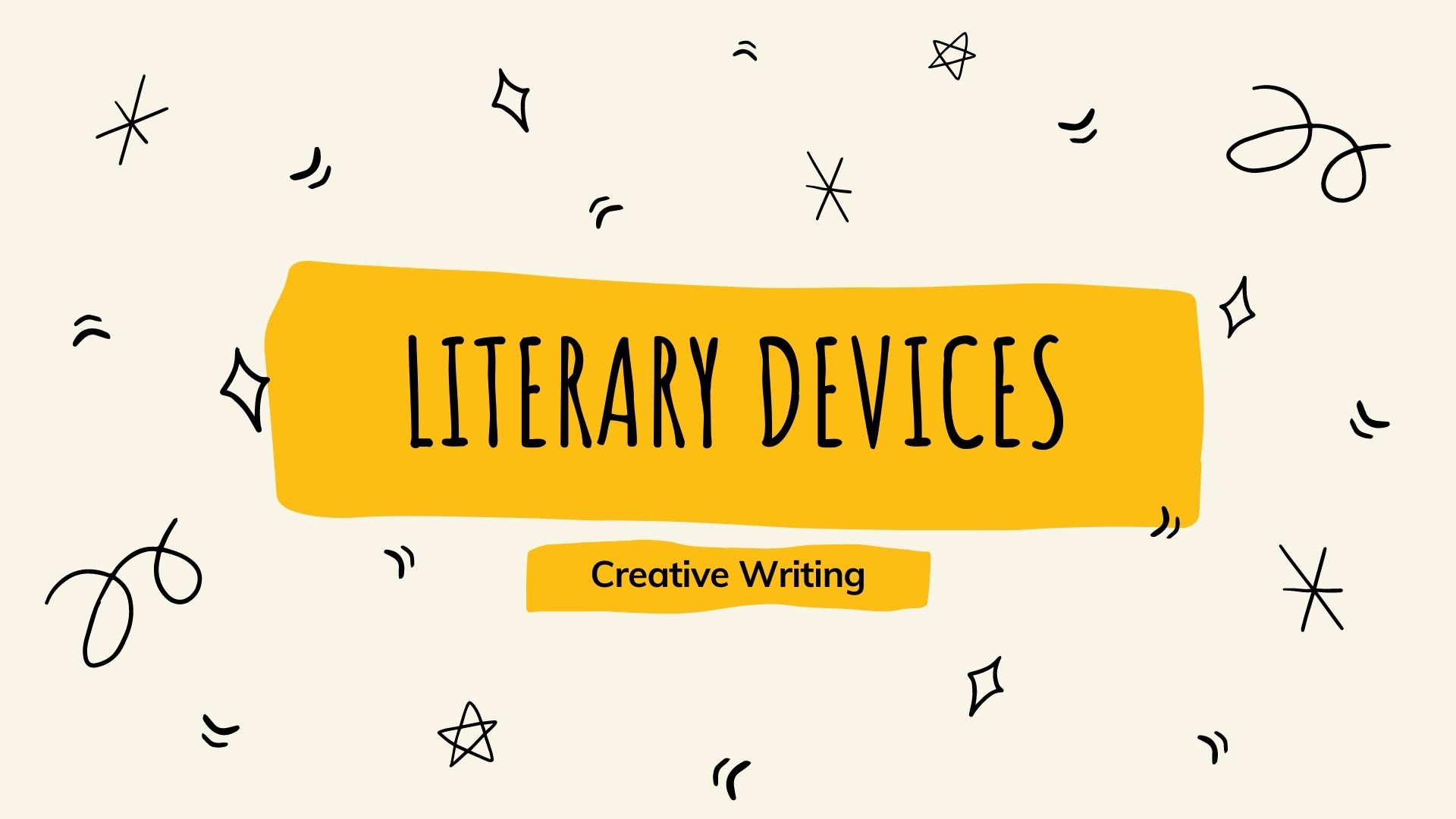
Language is a powerful tool that humans have developed to express their thoughts, emotions, and ideas.
It is through language that we communicate, connect, and understand one another. Within the realm of literature, writers employ various literary devices to enhance the richness of their works.

In this article, we will delve into three fascinating literary devices: allusion, analogy, and euphemism.
These devices add depth, complexity, and beauty to written and spoken language, enabling writers to convey their intended messages in unique and memorable ways. So, let's embark on a journey to explore the profound impact of these literary devices.
Allusion is a powerful literary device that allows writers to make references to well-known people, places, events, or literary works.
It adds depth to the text by connecting the reader to a broader cultural context. By referring to something familiar, allusion enables writers to convey complex ideas succinctly.
For instance, in Shakespeare's "Romeo and Juliet," the phrase "a pair of star-crossed lovers" alludes to astrology and foreshadows the tragic fate of the main characters.
Allusions can be found in various forms of literature, from classical works to contemporary novels, poems, and even songs.